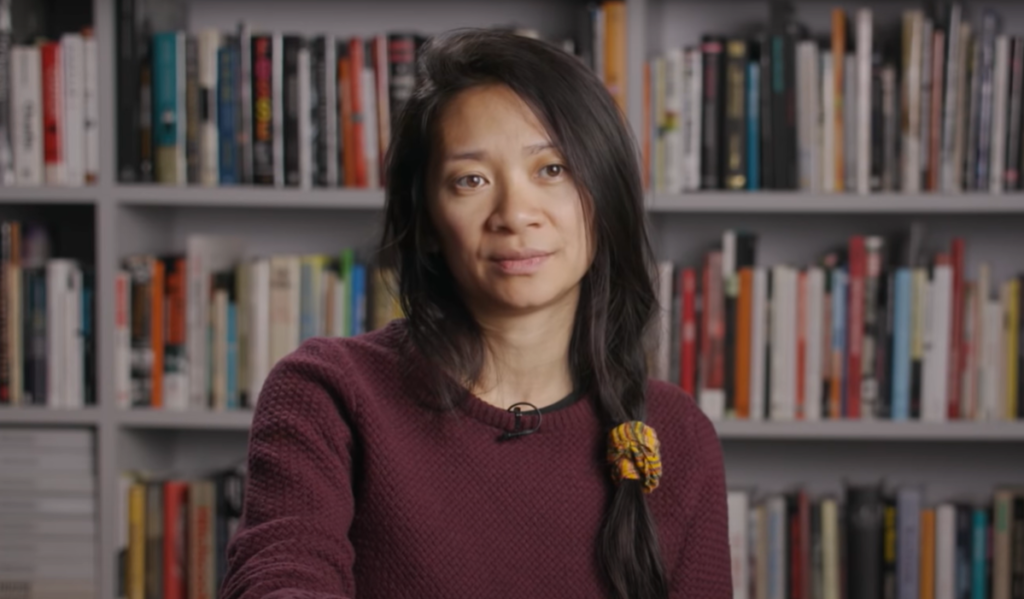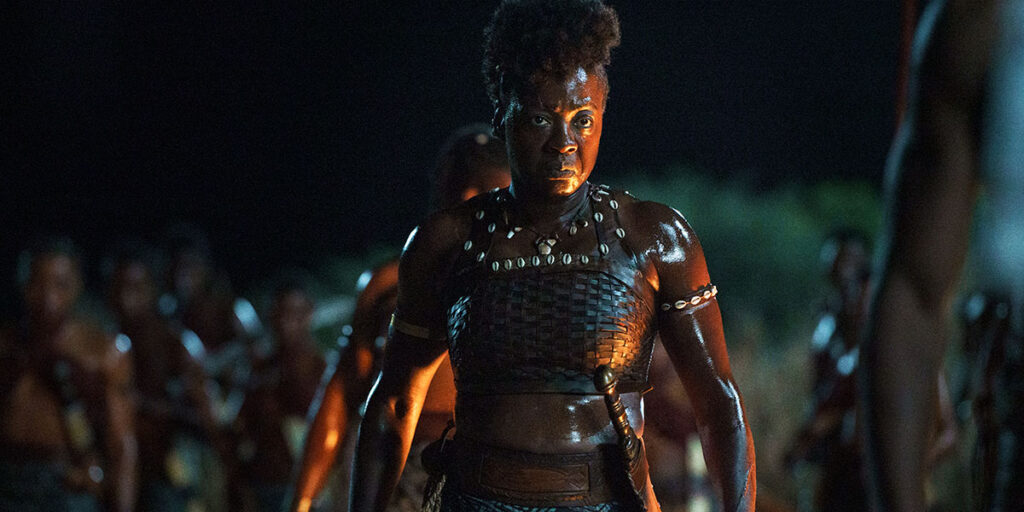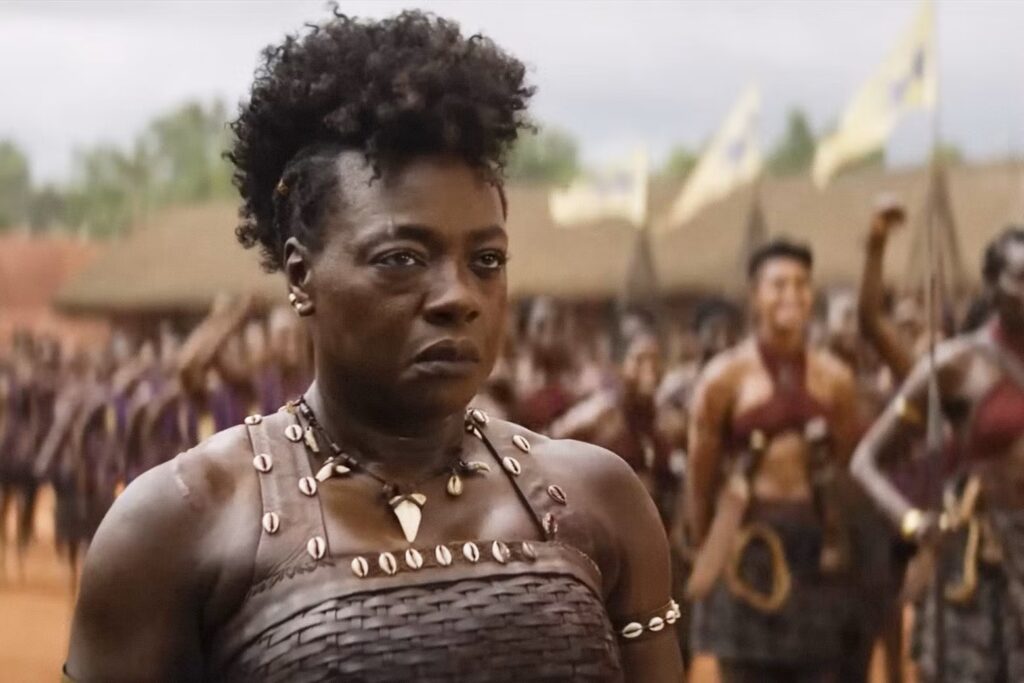When the Oscars take place on Sunday, February 28, just 22% of the non-acting award hopefuls at Dolby Theatre will be female.
Depressingly, that’s actually an above-average rate for women nominees, who have made up just 19% of the non-actor Oscar nominees in the last ten years (2006–2015), according to a new study from the Women’s Media Center (WMC).
Female film professionals received just 326 nods for behind-the-scenes roles in the last decade, compared to 1,3887 men.
The WMC crunched the numbers on 19 of the 24 Oscar categories. Excluded were the four prizes for actors, as their numbers are already divided equally by gender, and the Best Foreign Language Film category, which is awarded to a country, rather than an individual or a team.
In addition to the above infographic, here are some of the study’s most relevant stats:
— From 2006 to 2015, women constituted 24% of the producing (Best Picture) nominees. The percentage of female nominees doubled from 2006 to 2015, [but] the progress has been unsteady.
— In the past 10 years, only one woman, Kathryn Bigelow, was nominated for the Directing award.
— Between 2006 and 2015, female nominees accounted for 13% of the total nominations for Writing (Original Screenplay and Adapted Screenplay). In 2015, women have a total of four nominations in the writing categories, tying the all-time high from 2007.
— Male nominees have dominated the Film Editing category: A mere 17% of the total nominations in the past decade were for women.
— The cinematography category has maintained a 100% shutout of female nominees not only in the last decade, but also in the 88-year history of the awards by the Academy of Motion Picture Arts and Sciences.
— Women are more strongly represented in the visual design categories, such as costume design and production design; in the short film categories; and in documentary features.
“There is a clear connection between the low numbers of women hired for behind-the-scenes jobs in film and women’s low representation among Oscar nominees,” said Julie Burton, President of the Women’s Media Center. “If they’re not hired in these non-acting categories, they’ll never have a chance to be recognized for their excellence.”
Pat Mitchell, Chair of the Sundance Institute and WMC Board Co-Chair, added, “The response often given by those held accountable for an irresponsible lack of diversity in this year’s Oscar nominations is that there just aren’t as many women or people of color as directors, producers, or in leading roles to choose from. But a review of the representation of women directors, producers, and leading roles at Sundance Film Festival, year after year, is evidence enough that there’s no lack of talent or stories or films to celebrate; what there is a lack of is the commitment, the vision to see beyond what Hollywood chooses to celebrate as representative and the best.”
Writer/director Amma Asante commented: “The number of women film directors, especially black female directors, is abysmally low in an industry that too often is insular and resistant to change. The makeup of the Academy is only part of the problem. Most often, it’s the lack of opportunity available to women, and it’s especially hard if you are a woman of color. It’s important to change the narrative for little girls so that they can picture themselves in the director’s chair — a position of strength, power, and prestige. Through the director’s lens, I have the ability to shape, create, entertain, educate, and inspire. I would only hope that my work as a screenwriter and director gives hope to young women.”
Read the full report from the WMC, which includes sections devoted to each of the 19 categories tallied: Best Picture; Directing; Writing (Original Screenplay); Writing (Adapted Screenplay); Film Editing; Cinematography; Production Design; Costume Design; Makeup and Hairstyling; Original Score; Original Song; Documentary Feature; Documentary Short Subject; Sound Mixing; Sound Editing; Visual Effects; Animated Feature and Short Film (Live Action).







